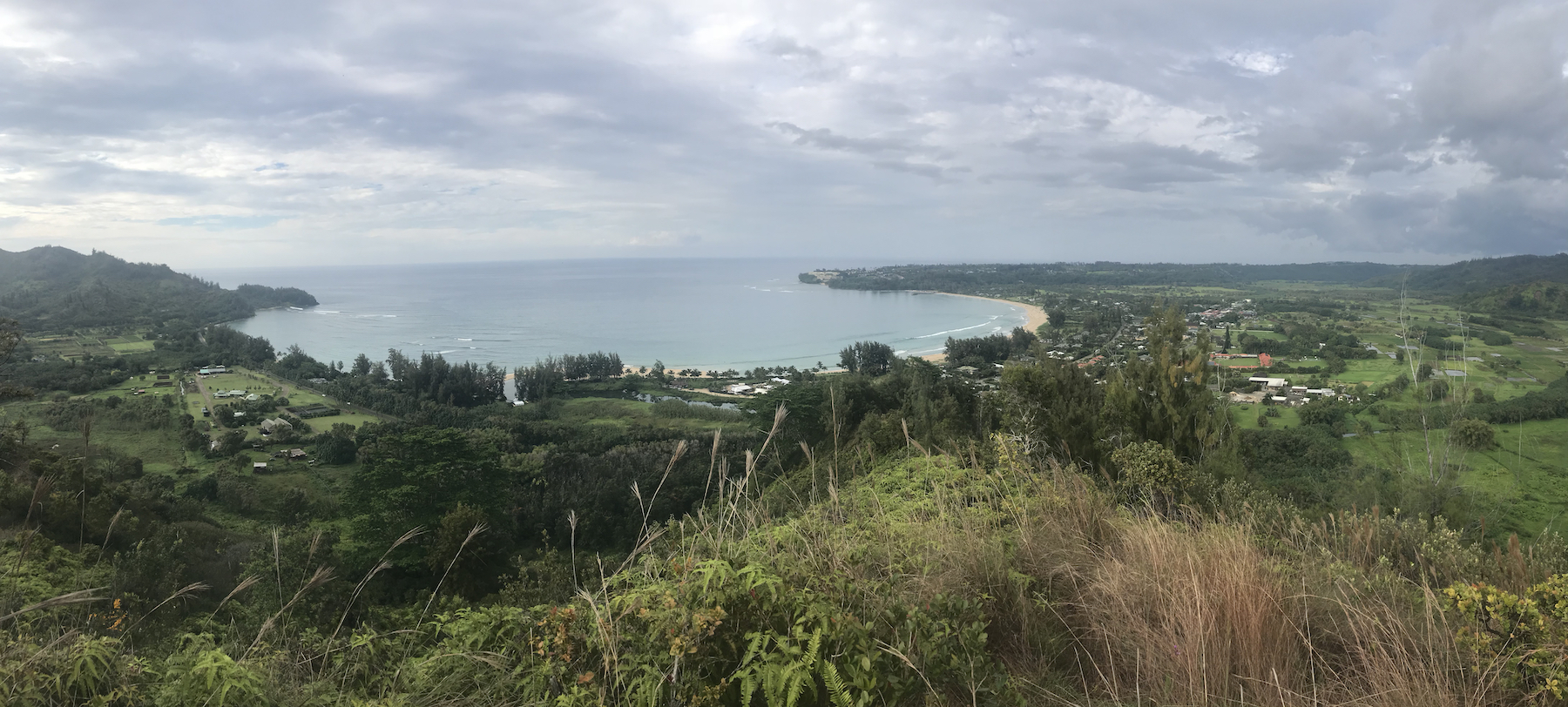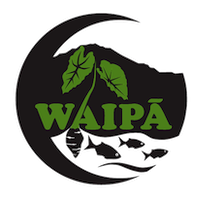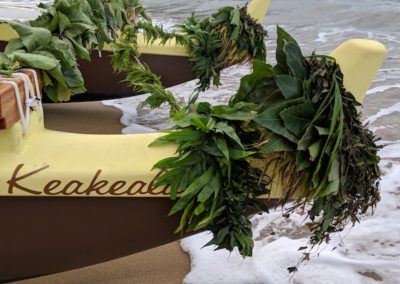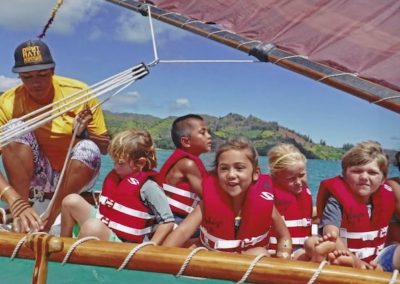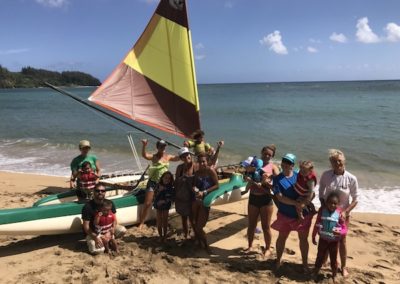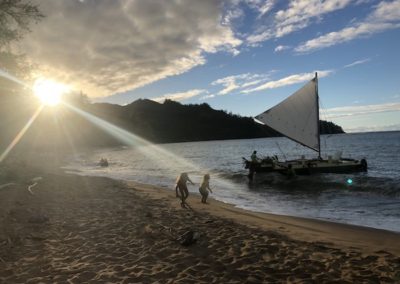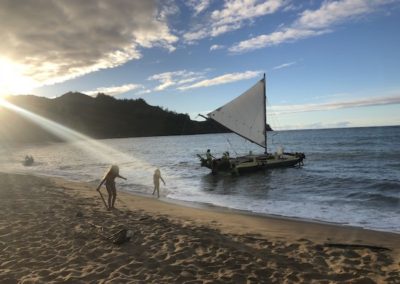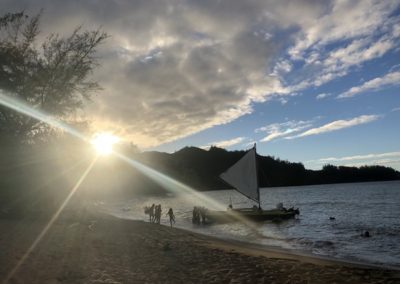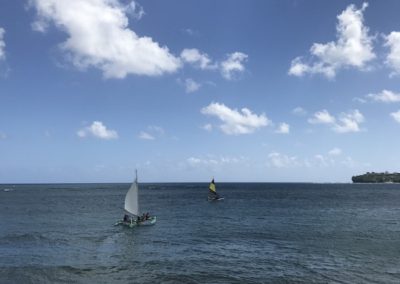Makaihuwa`a Mo`olelo
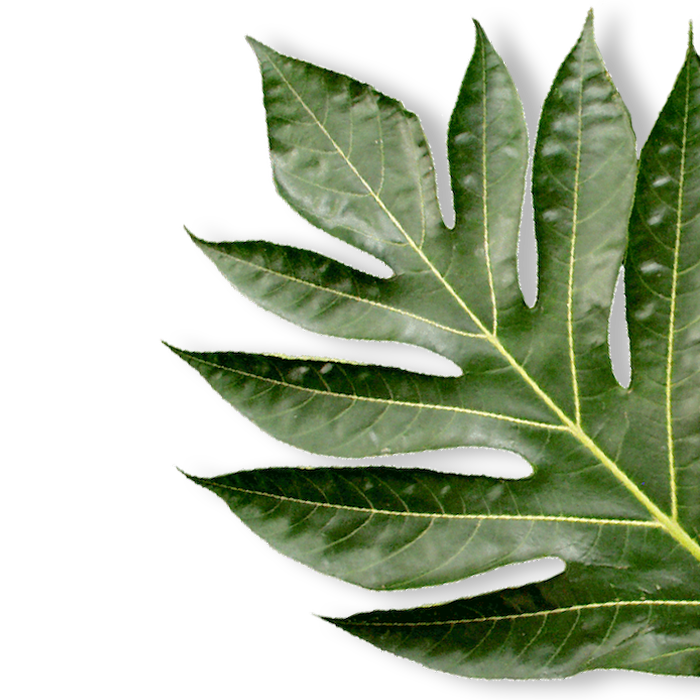
Makaihuwa`a Mo`olelo
MAKAIHUWA‘A
At night, the menehune fisherman of Hanalei paddled their wa‘a (canoes) across the bay. They paddled over the reef out to the ocean fishing grounds to find the deep-sea schools of i‘a (fish). They often went so far out that they could no longer see the outline of the island against the night. At these times, they relied on the stars to guide them back to shore. Hōkūpaʻa, the North Star stayed fixed in the sky. It marked north towards Kauapea and Moku ʻAeʻae point. Using Hōkūpaʻa and the other stars, the canoes loaded with iʻa could always find their way home.
When the waʻa were unloaded, their catch of iʻa (fish) was added to all of the foods gathered by menehune that night. These foods included pāpaʻi (crab) and wana (urchins) from the inshore reefs and ʻuala and kalo from the kula (flatland) fields of the menehune farmers. Their feast also had wī, ʻoʻopu and ʻōpae (shrimp) fathered from the kahawai (streams) and ʻawa dug from the mountain forests. This feast finished each morning before dawn, when all the menehune went indoors to sleep. The rays of the sun turned menehune to stone so none could be caught outside in daylight.
One night, the rain goddess Kahalelehua emptied her rain gourds over the earth, covering the sky with clouds. The brave menehune fisherman braved the high winds and waves and went out to catch iʻa. Hours later, they returned with only a small catch. Their chief, who was young but very caring and wise, waited on the beach to meet them. Seeing their hanging heads and shivering bodies, he said, “This is not a bad catch for a night such as this. We shall dip into our supply of dry fish and there will be enough for all the menehune tonight.”
The fisherman were silent until one brave man spoke up. “Cheif, this catch makes us feel ashamed. We couldnʻt paddle out to where the iʻa were because the farther we go, the darker it gets. The winds and waves blow us off course. And there are no hōkū (stars) to show us the way home. We could see the island if we waited until daylight. But then weʻd be turned to stone and sink our canoes to the bottom of the sea.” The chief knew that the weather could stay like this for many nights. He told his fishermen, “You are brave indeed to steer your canoes into this stormy weather to try to find food for our people. We will find a way to help you safely to shore.”
The fisherman took heart at the chiefʻs words. They unloaded their catch and stowed the waʻa in the hālau (house) under the hala trees for the next night. The chief watched them work in the light surrounding his torch-bearers. They had made lamakū (torches) by stringing oily kukui nuts onto niu (coconut) midribs and tying these in bundles to the tops of bamboo poles. When the lamakū were lit, the fire burned each nut in turn, creating thick smoke and bright light. Just then Kahalelehua emptied one of her calabashes. The raindrops put out two of the torches. The night grew darker, but the chief had an idea.
The next night, the chief sent for every menehune who didnʻt have a job farming or gathering food. He instructed these old men and women, young children, and their mothers to make lamakū. He instructed them to gather kukui nuts, strip the midribs from coconut leaves, and cut bamboo. Working together, they made hundreds of lamakū. They then set the torches in the sand along the shore. Lamakū burn for only a few hours, so the chief had them lit in the early morning. This was just before the lawaiʻa (fisherman) would paddle for home. It was still a cloudy and rainy night, but now a spluttering line of lamakū lit the beach.
When the canoes reached shore, the chief was waiting for them. He asked eagerly, “Did this light help you?” “ ʻAe,” replied the fisherman, but without much enthusiasm. “Whatʻs wrong?” asked the chief. The same brave fisherman spoke up. “Chief,” he said. “The idea is very good, but the light is too low. We couldnʻt see it far enough to reach the deep sea fishing grounds. The lights need to be raised up higher.”
The chief was puzzled, “Higher? You want us to put the lamakū on top of the coconut trees?” Everyone laughed at the impossible idea. The niu would likely catch fire. They could all burn in one night, wasting a most valuable source of food and much more. “No,” said the fisherman, pointing to the west. “Higher.”
The eyes of the menehune turned. There was the beach, the line of niu and hala trees, and beyond that the flat kula lands of Hanalei. Behind the plain were the kuahiwi (mountain ridges). The ridges reached high up to the peaks of Nāmolokama and Māmalahoa that ran with waterfalls. Tonight these high peaks were hidden behind clouds and mist. The menehune could only see the lowest ridge, rising above the mouth of Waiʻoli Stream.
The next night was even more rainy. Still, the chief gathered together his workers and they again prepared hundreds of lamakū. This time, they hiked the materials to the top of the lowest ridge. They climbed just above the trees, but below the clouds. There, the chief had them hollow out a large, flat platform in full view of the bay.
Just then, it began to rain even harder, with Kahalelehuaʻs calabashes gushing down. Seeing that the lamakū would be put out, the chief ordered his people to build a strong roof. He instructed them to make it slope above the platform and build it high so it wouldnʻt burn. No sooner did he give the instuctions, than the work began. One group of menehune cut logs for the frame and beams. Another gathered banana leaves to make a waterproof cover. The lamakū were set in place and lit. The menehune then sent a beacon of light into the dark, stormy night.
A few hours before dawn, in came the canoes, swooping to shore. They rode low on the waves because they were full of iʻa. The fisherman beamed and cheered calling, “We have caught enough iʻa for two nights. With this light we can sail far out to sea and find our way back, no matter the weather.” Delighted, the chief ordered that no menehune would work the next night. Instead, it would be spent in games and enjoyment.
And that is how the menehune invented a lighthouse. The platform they had made for the lamakū was named Ma-ka-ihu-waʻa, “at the canoeʻs prow.” The platform is gone now, but the ridge where it sat is still called Makaihuwaʻa. To this day, people who sail canoes into Hanalei, see this ridge above Waiʻoli muliwai (stream mouth), beckoning their waʻa into land. Pīpī holo ka ʻao (the story, as always, continues) …
Story adapted with permission from Wichman, Frederick B. Kauai Tales. 1985. Bamboo Ridge Press. Honolulu, HI.
